* The following article is the sharing and perspective of Dr. Hoang Ngoc Vinh, former Director of the Department of Vocational Education, Ministry of Education and Training .
This not only makes it difficult to establish output standards and recognize degrees, but also puts learners at a disadvantage when entering the world . I think it is time to definitely remove this level of education from the law.
Over the years, the Vietnamese education and training system has been constantly adjusting to keep up with international trends. However, one of the most controversial bottlenecks is maintaining the name “intermediate level” as an official training level.
At first glance, it seems harmless, but in fact, keeping this title seems to be illogical in terms of educational science, somewhat hindering integration, and making it difficult to determine output standards, build programs and recognize degrees.

Schools provide career counseling to parents and students (Photo: Huyen Nguyen).
First of all, “intermediate” does not exist in the UNESCO 2011 ISCED Classification. The international system categorizes education coherently from primary school (level 1), lower secondary school (level 2), upper secondary school (level 3), then to post-secondary and tertiary education (levels 4–8).
No country recognizes a so-called “intermediate” level in the education system, so Vietnamese students are at a disadvantage when they want to continue studying or find work abroad.
Meanwhile, in the US and many other countries, post-secondary courses that do not lead to a college degree are called “some college non-university” or “postsecondary skills training,” which are both practical and flexible without creating the illusion of a legitimate degree.
Vietnamese law has never clearly defined “intermediate level”. Decree 90/1993 - the basic document on the structure of the national education system, after junior high school - only records two directions: Vocational secondary school and Technical secondary school, there is absolutely no “intermediate level”.
Later (2003), due to the lack of higher education facilities and the pressure of increasing demand for post-secondary education, vocational high schools were allowed to recruit high school graduates and were called “Vocational Secondary Schools” - a temporary administrative solution. This situation gradually became a habit, existing more because of “habit” than having a theoretical basis.
The concept of “secondary” is not a qualification level in the international framework. After high school, countries only have postsecondary (after secondary) with many pathways: skills certificates (ISCED 4), short-term college programs (ISCED 5) and university level (ISCED 6–8).
Art or sports schools in high schools (if any) are only specialized schools at the secondary level (like the Korean Cultural, Art and Sports schools), not an independent "intermediate level".
With the "intermediate level" retention, when participating in the degree recognition agreements in ASEAN or EU, Vietnam faces difficulties because it does not know where to compare "intermediate level": considering it as high school is not enough, considering it as near college is lacking credits.
Keeping "intermediate" is like maintaining a separate unit of measurement, forcing the whole world to translate the meaning, in the end the learners are still the ones who suffer.
In the country, the consequences are also clear: each level needs output standards, competency framework, and amount of knowledge, but "intermediate level" is in limbo - not having enough foundation knowledge to be considered post-high school level, nor enough depth to be considered college level.
The transfer to university has become a paradox: vocational high schools have no foundation, and colleges lack credits. Many vocational schools are currently confused about how to build their programs.
If the new draft Law on Vocational Education continues to stipulate "intermediate" and "vocational secondary school" in parallel, it will create unreasonableness.
The global trend is clear: after high school, learners have only one general option: post-secondary education. They can choose college, vocational training or university, but there is no independent “intermediate” level.
Another problem is the confusion between “intermediate” in education and in labor classification. In the market, “intermediate” may refer to a job position, such as intermediate technician, but that is a job designation, not a level of education. The person doing that job may have graduated from vocational high school, college, or even university.
With the new trend, we cannot both want to go with the world and keep the concept of existing alone.
Instead, the system needs to clearly state: high school - vocational high school/technical high school - college - university - postgraduate. This is not only a name adjustment but also a mandatory step for integration, to protect fairness for learners and to enhance national prestige.
Dr. Hoang Ngoc Vinh
Former Director of the Department of Vocational Education, Ministry of Education and Training
Source: https://dantri.com.vn/giao-duc/trung-cap-diem-nghen-khien-nguoi-hoc-thiet-thoi-khi-ra-the-gioi-20251005091206908.htm






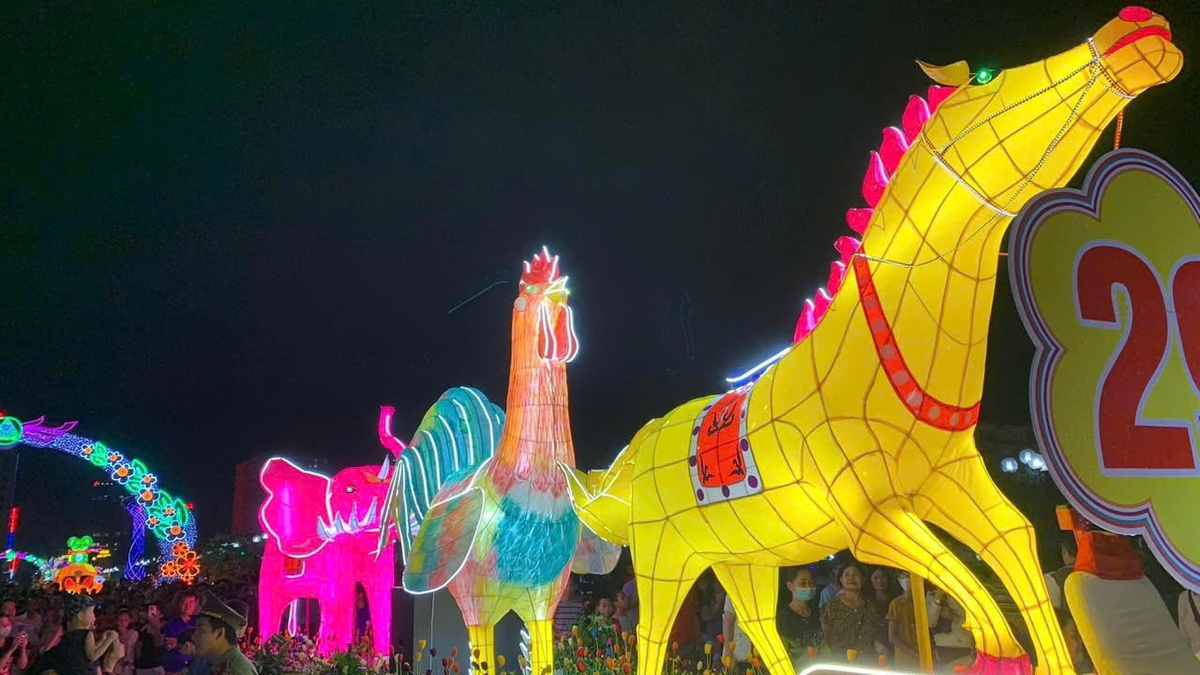
![[Photo] Opening of the 13th Conference of the 13th Party Central Committee](https://vphoto.vietnam.vn/thumb/1200x675/vietnam/resource/IMAGE/2025/10/6/d4b269e6c4b64696af775925cb608560)
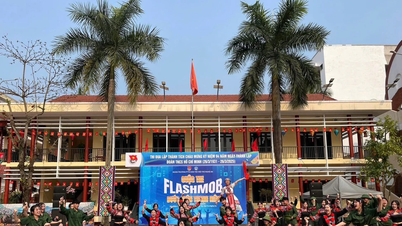





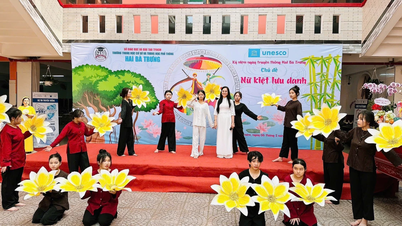
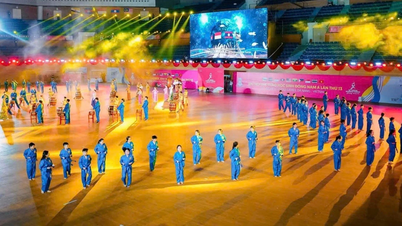






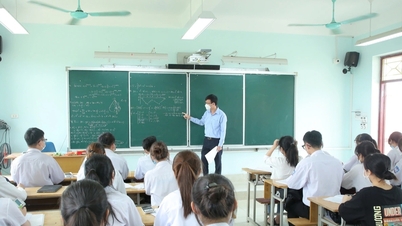



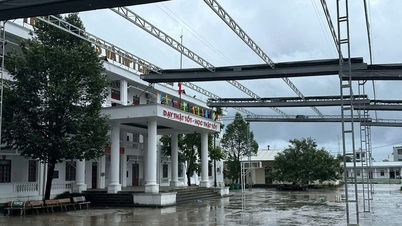








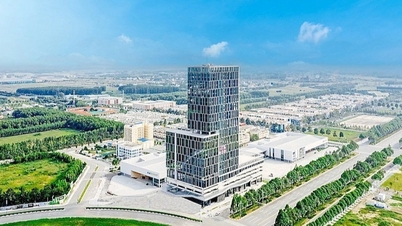
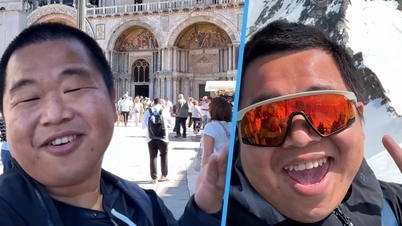

![[Photo] Prime Minister Pham Minh Chinh chairs the Government's online conference with localities](https://vphoto.vietnam.vn/thumb/1200x675/vietnam/resource/IMAGE/2025/10/5/264793cfb4404c63a701d235ff43e1bd)


































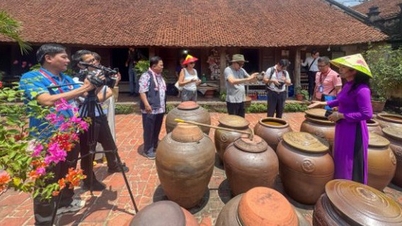
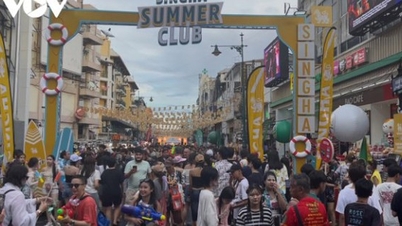
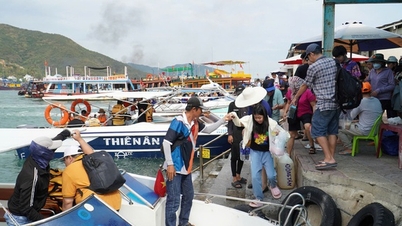
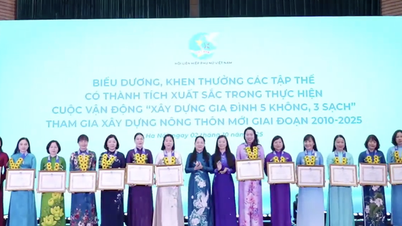
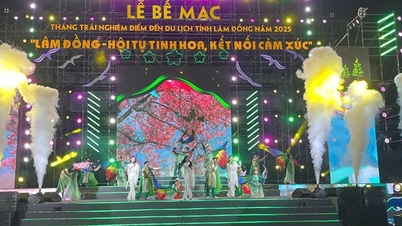
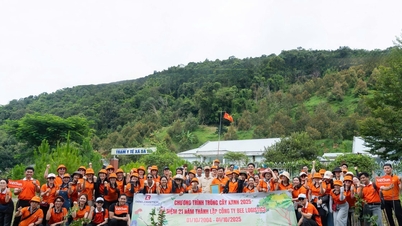



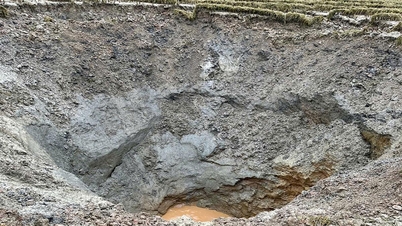

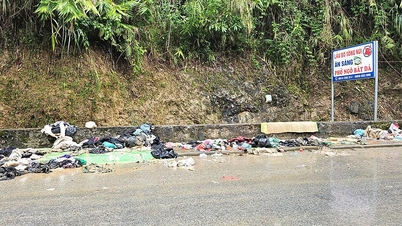
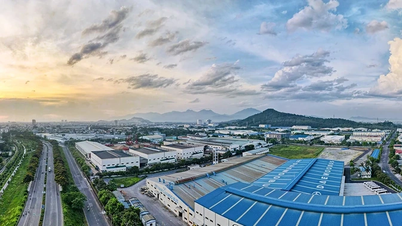















Comment (0)